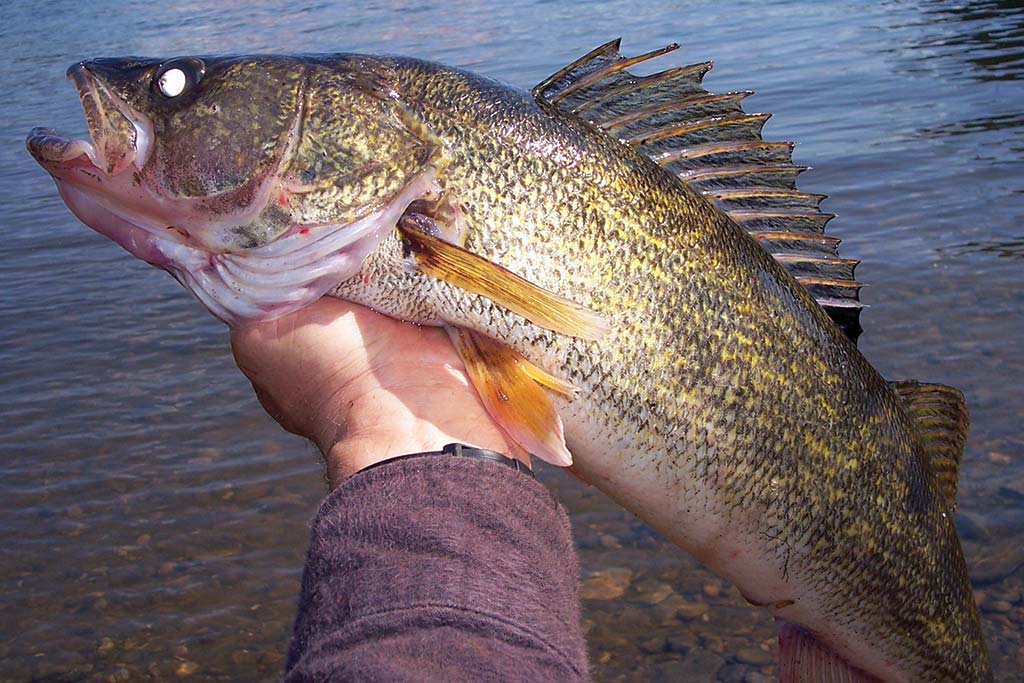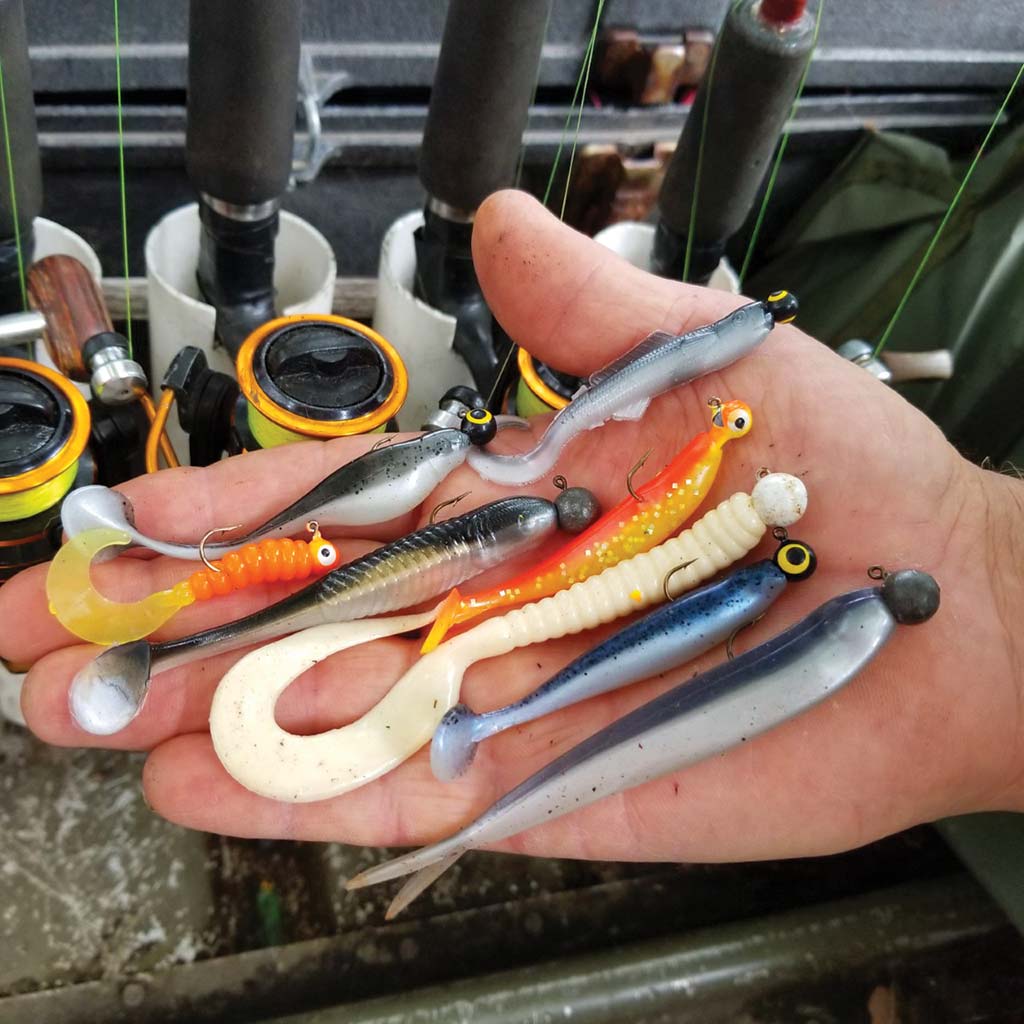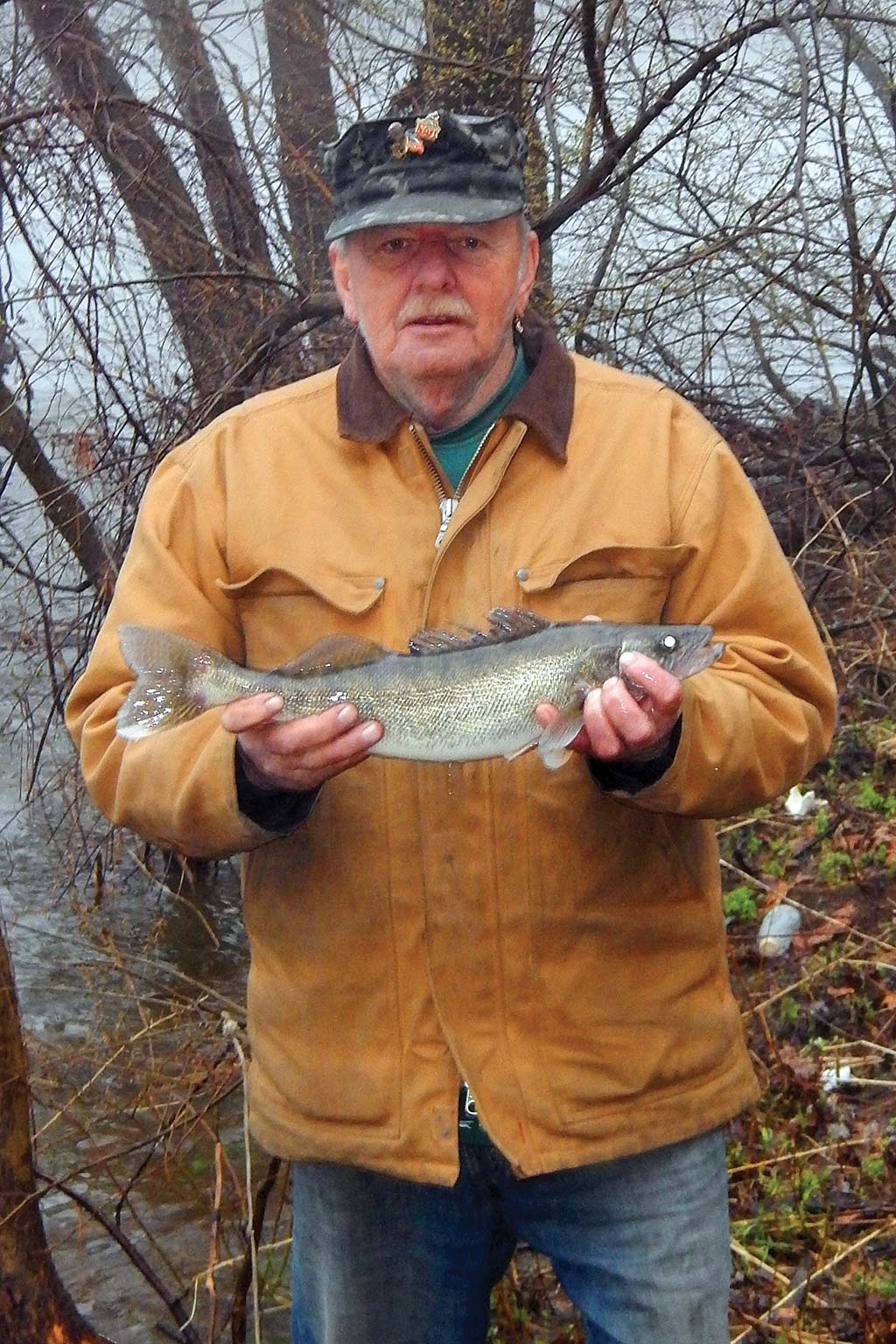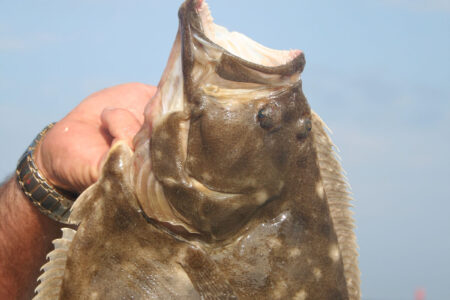
It might just be the tastiest freshwater species you’ve targeted!
As we enter the season of Thanksgiving, some anglers are covering up their fishing machines, while others are hoping to get some ice for an early start to the ice fishing season.
And others refuse to give up until the rivers have iced over. These hardy souls -better known as walleye fishermen – are a breed all to themselves, and the month of November is when these marbleye fanatics find some high octane walleye fishing.
While it’s not all peaches and cream out there during the often frigid month of November, the knowledgeable walleye angler can get in some fine fishing before Mother Nature freezes him off the river. So here are some tips that might give you that late-season trophy to end the year with.
Water Temps & Levels
There are two keys to late-season walleye fishing, water temperature and water levels; both of course are weather-related. In high water conditions, look for marbleyes to be found in eddies and pockets of quiet water close to shore. If low water conditions present themselves, the walleye will be found in deeper sections closer to the main stream—prime water temperatures for walleye in the late-season range from 60 degrees down to the 40-degree mark. Being a cold-water fish, walleye are a lot more active in the lower temperatures than most fish.
Years back, there were several warm water discharges on the river that produced walleye all winter. However, all are now gone. Since a river is a moving body of water, there is minimal variance between surface temps and the water down deep. This year has been a wet one, and water levels are above average. This is a prime condition as it will bring a lot of walleyes closer to the shorelines in reach of both shoreline and boat fishermen.
Walleye are well known for being light hitters, which combined with the slower body metabolism and cold water temps of November lend a lot of validity to using a stinger hook. If you choose a shiner or other minnow, snelling a light wire hook to a short leader length (2 inches or less) and adding it to your jig or floater rig will do the trick. Walleye will often hit a minnow sideways and hold onto it before swallowing it in colder water. A stinger hook will aid in hooking the fish no matter how he hits the minnow.
When it comes to using nightcrawlers or lamprey, an in-line tandem rig (such as an Eerie-Deerie) that will place a second hook halfway down the bait is the way to go. A multiple hook rig will allow you to hit the walleye as soon as you feel him and make for an easy release if you are not keeping fish.

Proper Boat Position
Walleye are bottom feeders and rely on the river’s currents to bring them their food. This makes the proper boat position a main element in late-season walleye fishing. Anchoring your boat so you can take advantage of the current to take your bait to the walleye is a must. When fishing a submerged bar or other structure where the current sweeps over the structure, anchor your boat alongside and away from the structure so you can cast your baits up into the current and allow it to sweep your offerings along the bar. When using a jig combination or weighted plug (Rapala Countdown), you should raise and lower your rod tip, maintaining contact with the bottom and moving it slowly to keep it in the strike zone as long as possible.
When fishing a bottom walking rig, anchor your boat above the structure and cast your rigs downstream, walking them back to your boat slowly across the bar. Keep your leaders short. A foot to 18 inches is best.
An old-timer told me many years back: “when it comes to walleye fishing, if you don’t have patience, you will become a patient.” That axiom is amplified by the cold water of the late season, especially in a river whose rough bottoms can give you a lot of false hits—keeping as much slack out of your line as possible when fishing jigs or bottom walking rigs is standard procedure. It will give you the shortest distance between your rig and your rod and allow you to feel the slightest hit.
If you feel your rig stop, hold pat and see if you feel something moves your line. If so, set the hook. If you are hung up, release some line and allow your line to get a bow in it, then rap the tip of your rod sharply to pull it off the snag in reverse.
Key In On Structure

When it comes to fishing islands, many seasoned walleye fishermen use a system for fishing with their anchor. Equip your boat with three lengths of 100-foot anchor line and tie loops at 25-foot intervals on these ropes. Place the anchor on the island and allow the boat to drift away from it with the current about 50 feet. Then work the deep water around the boat with a variety of jig and bottom rig combinations. Because the boat drifts with the current, it follows the path any food might take to the walleyes. The loops in the line allow you to cover the water without having to re-anchor each time systematically.
In terms of fishing drop-offs, you can best fish these structures by either anchoring or working your way down them or by drifting or back trolling. Jig combinations are best when drifting, and bottom rigs such as Lindy rigs are a better choice when anchoring. Many seasoned anglers drift to locate some fish and then anchor away from the spot they found the fish in and cast at them with either a jig combination or a Lindy rig.
Pay close attention to points of land, most of which are formed where a small stream enters the river. Rocks and debris will build up at the mouths of these streams and jut out into the river’s mainstream. Concentrate your efforts on the downstream eddy along the dead water side of the current line with jigs and Lindy Rigs. Walleye will often hold in these quiet water areas getting out of the main current and looking to the current for food to come by.
When it comes to Delaware River bridges, you’ll usually find a good-sized deep water pocket and a current line along each side of the eddy. Under average conditions, they possess some of the most stable water that is found in any river, and their deep, slow-moving pockets make them ideal late-season spots. Good-sized eddies will allow you to fish with a jig combination from the side and with a Lindy rig by positioning yourself below the bridge piling and casting downstream, working your rig back to your position.
To many, the serenity that autumn offers as a setting for the last cast before the year is over and a shot at a late-season trophy does get one’s blood pumping. But if you find yourself looking for a last shot at fishing before the year ends, why not give the Delaware a try for walleye before you cover up your boat for the season.



